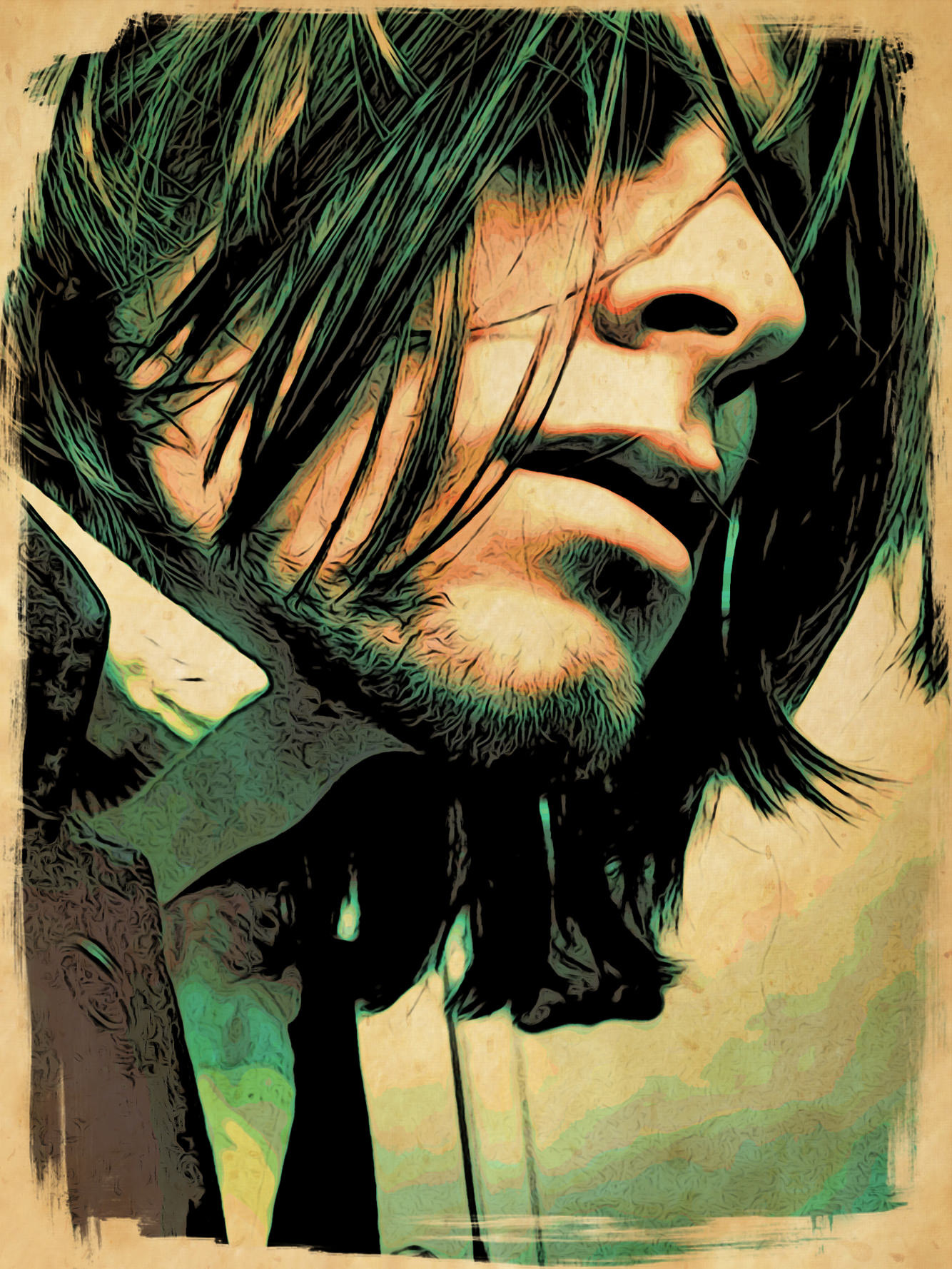
Use the back of your lino carver or the back side of a spoon to burnish your pencil design onto the block. Be sure to make your lines dark because we are transferring the same image to the block twice.įlip the tracing paper over and secure it to your block with tape. I use tracing paper so that I don’t ruin my original drawing and I also think it’s easier to see the line work. Trace over your lines using a 2B or 3B pencil. Secure your drawing to the table and tape a piece of tracing paper on top. There are several ways to go about transferring your drawing onto the block but I prefer hand-burnishing. Bold, thick lines work best for this project so I suggest using a marker to really make those lines pop. I leave at least a 1/4” boarder in my sketch so that my fingers have room to grip the stamp without getting inky. Outline the stamp onto a piece of printer paper so that you know what size to make your drawing. Since this is a multi-layer block printing project I recommend using this size or smaller. Most of my stamps are 4”x3” so I can get two stamps per block. The first thing to consider is how large you want your stamp. A self-healing cutting mat is great investment. X-Acto Knife: I use a knife to cut out the shape of my design.Ĭutting Mat: This is used so you don’t scratch your favorite surface. I pre-wash my fabric and allow it to air dry. I can get two transfers per line drawing.įabric: The Speedball fabric block printing ink works best on cotton, polyester, blends, linen, rayon and other synthetic fibers. Tracing Paper: I use tracing paper to hand burnish my drawing onto the block. Pencil: A 2B or 3B pencil is used to transfer your image onto the carving block. Even if you are using a color directly from the tube it’s important to give it a stir to eliminate any separation. Palette Knife: I use this to mix up my ink. I use a piece of plexi I borrowed from an old picture frame. Any flat, slick surface will work (plate, glass, plexi). Palette: This is used to roll out the ink. The colors are opaque, the ink cures in one week at room temperate (no ironing!) and it cleans up with soap and water. Ink: I love oil-based ink so when I found out that Speedball makes an oil-based fabric block printing ink I stocked up on every color. Hand-stamping your block is always an option. The baren provides even, consistent pressure that will not damage or scratch your material. It’s my prized printmaking possession! A wooden spoon works great to burnish thin papers like mulberry or kitakata into linoleum or wood.įor this project I recommend using Speedball’s baren. I most frequently use a 3” and 6” brayer.īaren: Printmakers love spooning! Aye! One of the first items I bought when I moved to Portland after college was a wooden spoon. The general rule of thumb is that the brayer should be slightly larger than the printing area on the block.

They’re affordable, they work well with oil-based and water-soluble inks and they come in a variety of sizes. I have a highlight on IG detailing this set.īrayer: I use Speedball’s soft rubber brayers. I work primarily in linoleum and the Namisei Moku Hanga To set is fantastic.

I’ve purchased an assortment of Japanese gouges from McClain’s Printmaking Supplies over the years. The gouges I use most often are 1, 2 and 4. Two handles may seem excessive but if you find yourself switching blades as often as I do it’s well worth the cost. It comes with two handles and six cutters. Gouges: I’m not sure if it’s the angle of the blade or the softness of the material, but one thing I learned working with Speedy Carve is that Speedball’s linoleum cutters work best. It’s affordable, easy to carve and retains detail over time. Block printing on fabric makes an excellent gift!īlock : Speedy Carve for the win! This pink rubber material is perfect for printing on fabric. I printed my design on a cotton tea towel that I’m gifting to a friend who made me a special quarantine birthday cake last week. Next up, what are you going to print on?! You could add some flare to the pocket of a t-shirt or a pop of color to a pillow case. I’ve been spending more time in the kitchen so I sketched a lemon from multiple angles. Whatever you decide to carve I hope this project brings you a creative burst of energy during these strange times. Maybe you’re inspired by the flowers on your daily walk, the plants you’re lovingly over watering or your fluffy companion that’s still unsure why you’re home all day. We have the fill layer - block 1 and the outline layer - block 2. Multi-layer block printing is a fun way to create a pop-tone, emphasize texture and play around with pattern.įirst things first, what are you going to draw?! I like to think of this project like a coloring book.

This project is intended for the printmaker looking to take their skills to the next level.


 0 kommentar(er)
0 kommentar(er)
